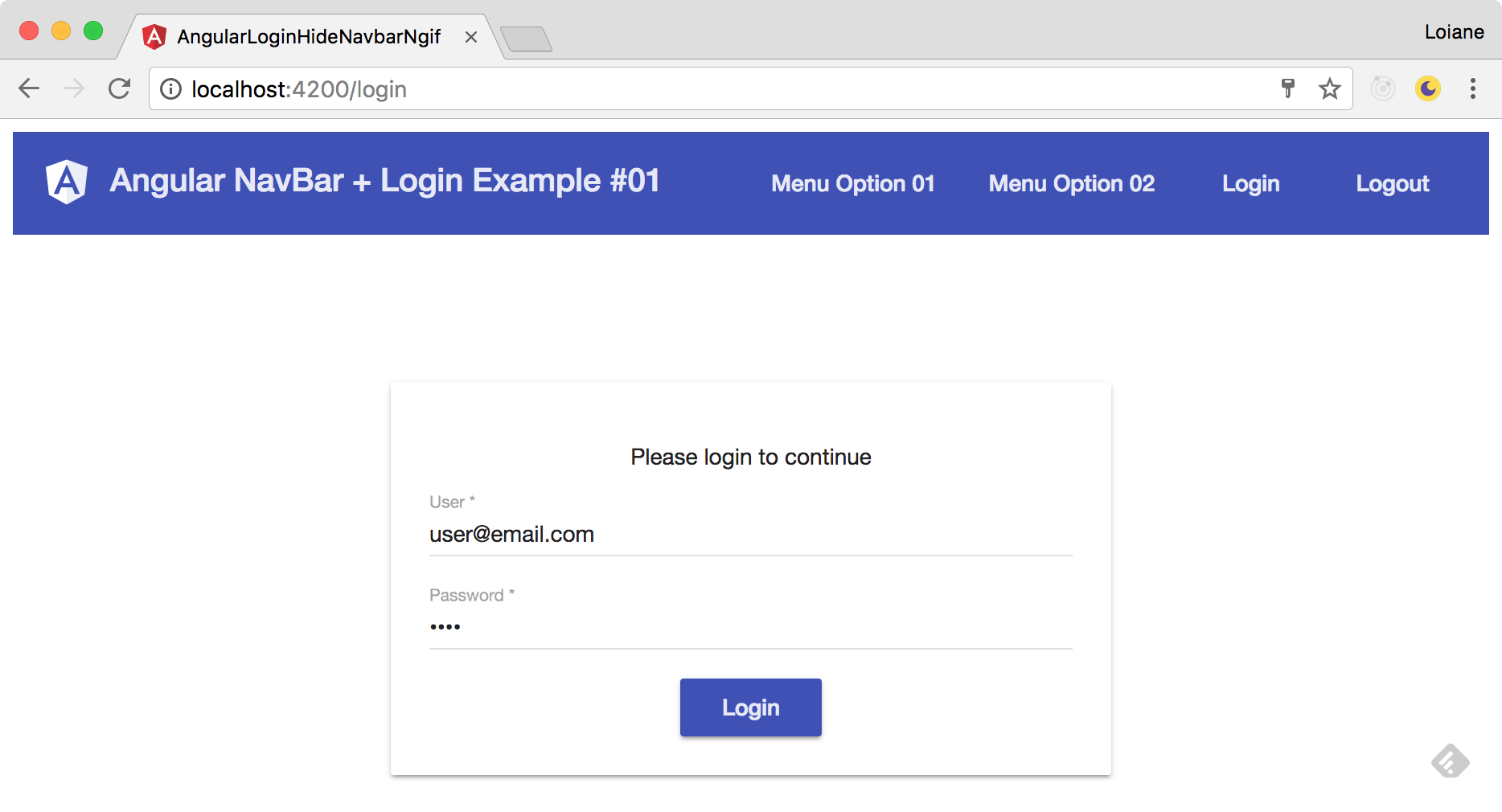
- #ANGULAR MATERIAL TOLLBAR ICON RESIZE HOW TO#
- #ANGULAR MATERIAL TOLLBAR ICON RESIZE INSTALL#
- #ANGULAR MATERIAL TOLLBAR ICON RESIZE CODE#
To access the charts, add the ChartsModule to the AppModule’s imports.
#ANGULAR MATERIAL TOLLBAR ICON RESIZE INSTALL#
Then install charts.js: npm install chart.js -save
To install ng2-charts run: npm install ng2-charts -save ng2-charts requires charts.js as a dependency. You do not need these and could just respond no. Next, you’ll be prompted to choose whether to add Angular Material typography styles and browser animations. To add Angular Material to your project, run: ng add a theme from the options provided in subsequent prompts. If you’re starting from a new app, select yes when prompted on whether to add an Angular Routing module during your project setup above.Īdd Angular Material And Ng2-Charts To Your ProjectĪngular Material ships with various schematics for generating a variety of useful components like address books, trees, tables, navigation, and so on. Your project also needs to have routes configured for it. For instance, to create an admin panel for the aforementioned store, we’ll run: ng new store-admin-panel If you’re not starting from a pre-existing Angular project, you need to generate one by running ng new.
#ANGULAR MATERIAL TOLLBAR ICON RESIZE HOW TO#
If you do not have it installed, you can find out how to get it at. To follow along, you’ll need to have Angular CLI installed. The charts will display the number of units sold for each product, sales by traffic source, online store sessions over time, and sales for the week. The four summary cards will display information such as total revenue from sales, average order value, the total number of orders, and number of returning customers. The dashboard will contain four small summary cards, four different kinds of charts, and a table listing most recent orders made.

We’ll build a dashboard to display this information and help the store owner analyze it. The store owner would like to track information such as where customers come from to their online store, how their products sell, how traffic sources relate to sales, among other things. To illustrate how to build a dashboard, we’ll take the example of an online store selling leather goods like bags, wallets, key holders, and so on. In this article, I’ll illustrate how to use both ng2-charts and Angular Material to set up a dashboard fairly quickly. Similarly, ng2-charts provides schematics for generating multiple chart components. Angular Material ships with a number of schematics that you could use to generate a dashboard.

With Angular Material and ng2-charts, you can take advantage of schematics to cut down the effort and time you may spend building a dashboard. Once you have a plan, implementing the design is a massive task especially since it involves building multiple components. It involves intricate planning of what data to include and how to display it effectively.

Once collected this data has to be presented in an easy to understand and meaningful way to your users. You have to create tools to collect data on items of interest. In this article, Zara Cooper explains how to take advantage of schematics in Angular Material and ng2-charts to substantially reduce the time and work that goes into building a dashboard.Ĭreating a dashboard from scratch is often pretty complicated.
#ANGULAR MATERIAL TOLLBAR ICON RESIZE CODE#
Schematics in Angular 9 are code generators that can create components and patterns in projects using predetermined templates and layouts.


 0 kommentar(er)
0 kommentar(er)
